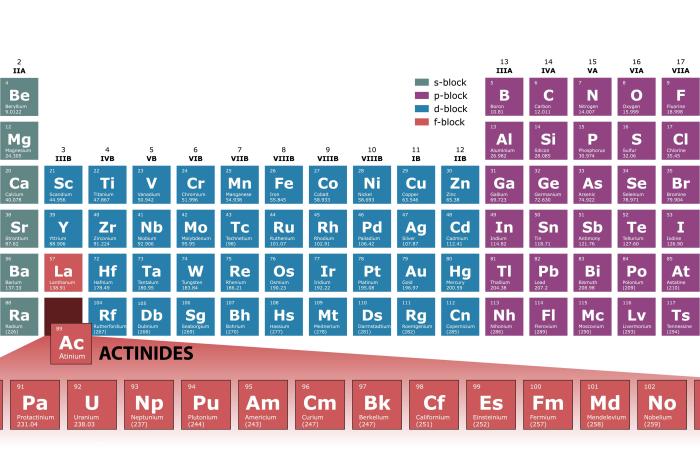Now Oak Ridge National Laboratory joins four other national laboratories — Idaho, Los Alamos, Lawrence Livermore and Lawrence Berkeley — that have institutes named after Seaborg. The ORNL Glenn T. Seaborg Initiative, or GTSI, founded Oct. 1, 2022, will serve as a center for actinide science, facilitating global leadership through the performance of cutting-edge research, national and international collaboration, and the training of the next generation of scientists and engineers.
Sam Schrell, director of ORNL’s Seaborg initiative, said ORNL’s history with actinides and its unique capabilities make it a natural fit. Actinide science encompasses many areas across ORNL, including national security, materials science, medical isotopes, radiochemistry and nuclear chemistry.
“While the fundamental mission and vision is similar across all of the Seaborg Institutes, each institute focuses on the core capabilities and missions of its home lab,” Schrell said. “At ORNL, we have a lot of capabilities and expertise — for example, the High Flux Isotope Reactor, the Radiochemical Engineering Development Center, and our neutron, bioscience and computational capabilities.”
Actinides, which release energy as they decay, are being used in cancer-fighting therapies and as self-contained sources of electricity. They power devices as varied as cardiac pacemakers in the body, nuclear power plants, smoke detectors and instruments used to gather information on deep-space missions to other planets and moons.
“Actinides act like no other elements in the periodic table,” Schrell said. “A lot of their chemistry is complex, which is why scientists and engineers are so fascinated by it. It’s not normal — it’s a challenge.”
Schrell said ORNL will grow interest in the initiative and actinide science by hosting workshops for academic institutions, including those serving primarily minorities. ORNL GTSI already has participated in a joint panel discussion at the national Minerals, Metals & Materials Society conference in March, and officially announced its establishment by hosting an external workshop earlier this month with all the institutes as well as various actinide experts.
“The 2023 External Seaborg Workshop was extremely successful and helped showcase the profound support ORNL has in the actinide community,” Schrell said. “In discussion with the other GTSIs, we plan to take turns hosting an annual external workshop.”
The first two calls for ORNL Seaborg postdoctoral fellows were released in April, with a call for summer graduate student fellows on the horizon, and Schrell continues to explore funding opportunities for additional positions.
Long-term, she has plans for the initiative to extend beyond ORNL, showcasing actinide science around the Southeast. She expects the center to retain talented early-career scientists and engineers as well as attracting high-caliber, experienced students and staff.
“Glenn Seaborg strongly believed in developing the next generation,” she said. “He was quoted as saying, ‘The education of young people in science is at least as important, maybe more so, than the research itself.’”
However, she said, Seaborg institutes are more than just workforce initiatives: They’re incubators for ground-breaking discoveries.
“Much of actinide science is still a mystery,” she said. “We want to play a part in being able to explain it someday.”
Learn more at https://gtsi.ornl.gov/.
ORNL is managed by UT-Battelle for DOE’s Office of Science, the single largest supporter of basic research in the physical sciences in the United States. DOE’s Office of Science is working to address some of the most pressing challenges of our time. For more information, visit energy.gov/science.




